Subaxial Cervical Pedicle Screw Placement With Direct Visualization Of Pedicle Borders – 2-Dimensional Operative Video (Video Only)
5 $
Format : 1 MP4 file
File Size : 20.1 MB
Abstract
Pedicle screws provide superior fixation of the subaxial cervical spine to other techniques. However, a high degree of accuracy is required for safe placement given the proximity of pedicles to critical neurovascular structures. A variety of techniques are described to maximize accuracy, including freehand, fluoroscopy-guided, and neuronavigation-based methods.
We present a technique for the placement of pedicle screws in the subaxial cervical spine using direct visualization of the pedicle in a patient who required an occipito-cervical fusion construct in the setting of a C2 chordoma. A laminotomy or laminectomy is performed laterally to allow for visualization of the medial, superior, and inferior walls of the pedicle. The entry point for screw placement is determined based on pedicle anatomy and is typically 1 to 2 mm lateral to the midpoint of the lateral mass, just below the base of the superior articulating process. Screw trajectory is determined by visualizing the pedicle borders and is aimed at the junction of the medial pedicle wall, with the posterior vertebral body down the pedicle axis. Tactile feedback (loss of resistance) is used to assess for a breach while drilling. The cannulation is then tapped, and the screw is placed in a standard fashion.
Direct visualization of pedicle anatomy can be a useful adjunct to guide the safe placement of subaxial pedicle screws when superior fixation is required or when normal anatomy is distorted. The technique may be combined with fluoroscopic or navigation-based techniques to provide real-time anatomic guidance during screw placement. The patient provided informed, written consent for this procedure before surgery. Used with permission from Barrow Neurological Institute, Phoenix, Arizona.
Be the first to review “Subaxial Cervical Pedicle Screw Placement With Direct Visualization Of Pedicle Borders – 2-Dimensional Operative Video (Video Only)” Cancel reply
You must be logged in to post a review.






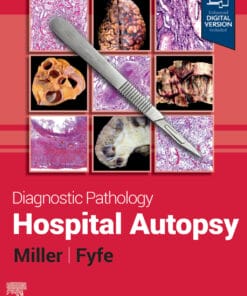










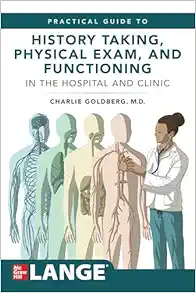














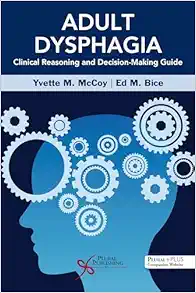


















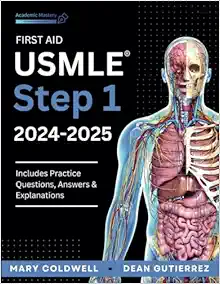































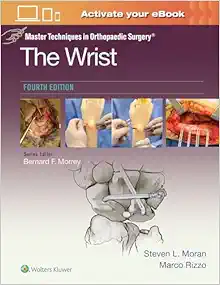





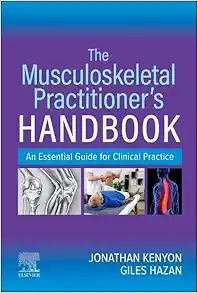














Reviews
There are no reviews yet.